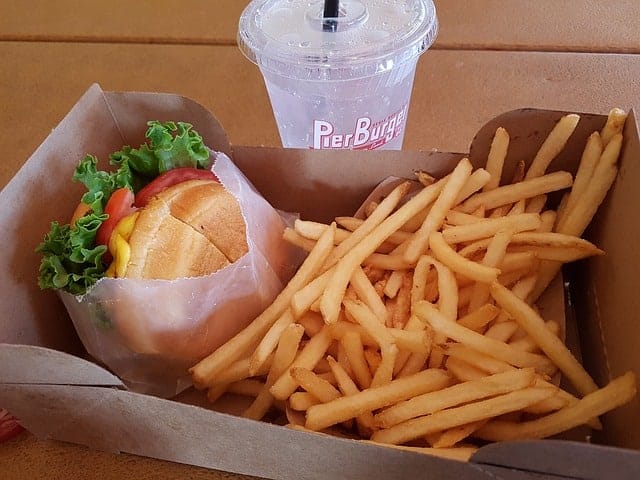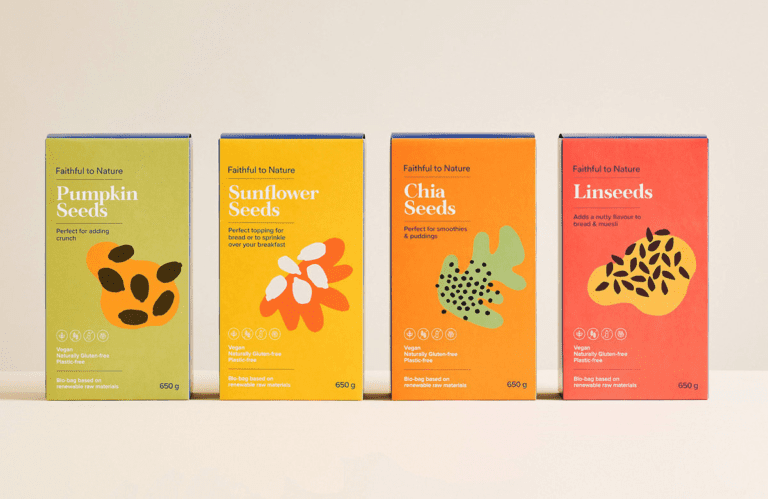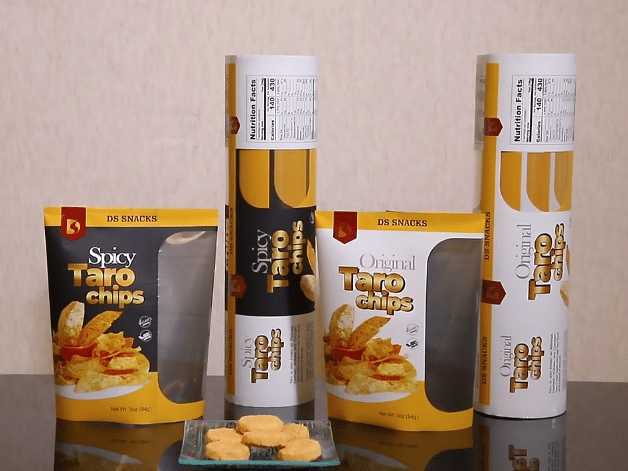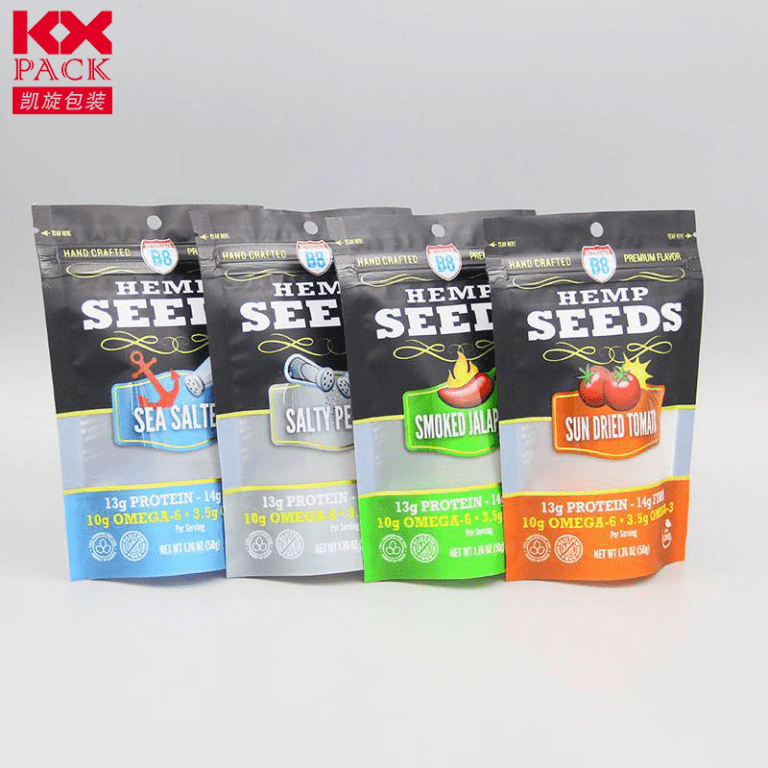Si të zgjidhni materialin e duhur për çanta për paketimin e ushqimit
Si të zgjidhni materialin e duhur për çanta për paketimin e ushqimit
Selecting the appropriate material for food packaging bags plays a crucial role in ensuring the safety, freski, dhe ndikimi mjedisor i produkteve ushqimore. Kur zgjidhni materialin e duhur për qeset e paketimit të ushqimit, duhet të merren parasysh disa faktorë, such as the intended use of the packaging, food compatibility, regulatory requirements, dhe objektivat e qëndrueshmërisë. This article aims to provide a comprehensive guide on selecting the right material for food packaging bags, delving into the various options available and their respective advantages and limitations.
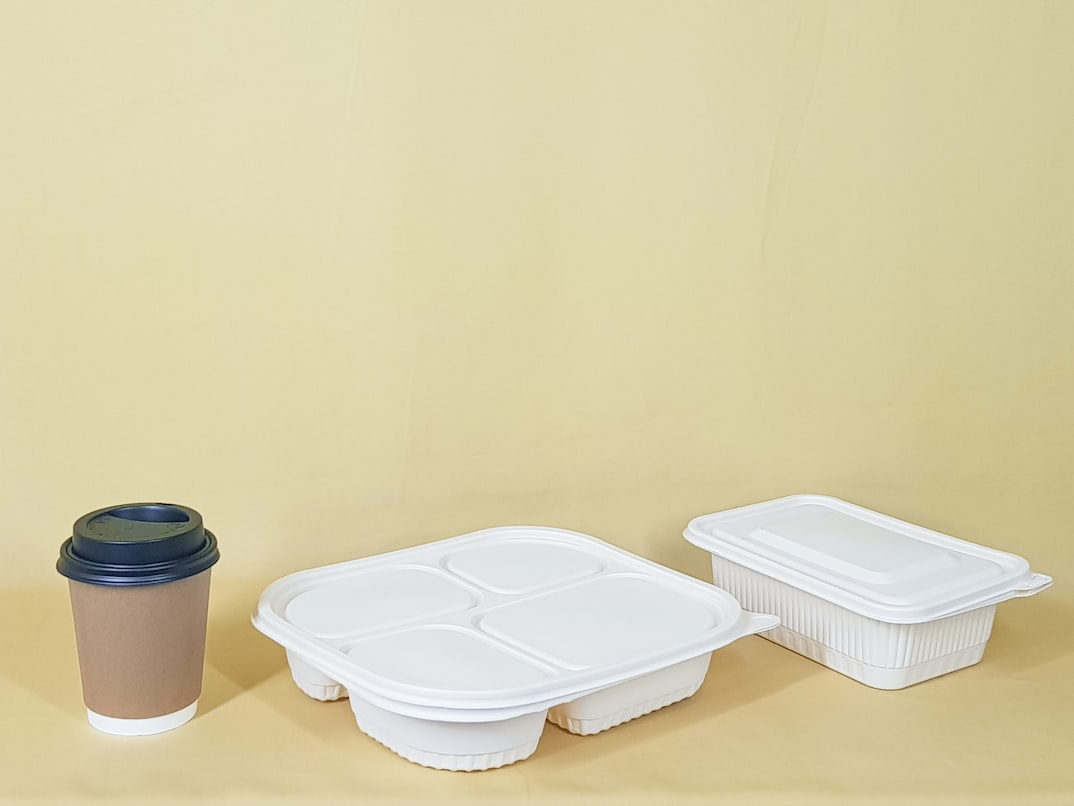
- Understanding the different types of food packaging materials:
- Plastic Materials: Exploring the characteristics of common plastics used in food packaging, such as polyethylene (PE), polipropileni (PP), dhe polietileni terefalat (PET).
- Letër dhe karton: Analyzing the suitability of paper and cardboard for different types of food products and their environmental impact.
- Metal Packaging: Examining the use of aluminum and tinplate for food packaging and their benefits in terms of product protection and shelf life.
- Biodegradable and Compostable Materials: Discussing the rise of biodegradable and compostable materials as sustainable alternatives to traditional packaging materials.
- Factors to consider when choosing a material:
- Food safety: Evaluating the material’s ability to maintain food quality and prevent contamination.
- Barrier properties: Assessing the material’s ability to provide an effective barrier against moisture, oksigjen, dritë, dhe faktorë të tjerë të jashtëm.
- Shelf life extension: Exploring how different materials contribute to extending the shelf life of food products.
- Environmental impact: Considering the environmental impact of each material, including factors such as recyclability, biodegradueshmëri, and carbon footprint.
- Regulatory compliance: Understanding the relevant regulations and guidelines governing food packaging materials to ensure compliance and consumer safety.
- Applications and suitability of different materials:
- Fresh produce packaging: Evaluating the best materials for packaging fresh fruits, perime, and salads to maintain their freshness and prolong shelf life.
- Frozen food packaging: Exploring materials with excellent moisture resistance and low-temperature performance for packaging frozen food products.
- Ready-to-eat meals and convenience food packaging: Discussing materials that offer convenience, microwaveability, and heat resistance for packaging ready-to-eat meals.
- Liquid and beverage packaging: Analyzing the suitability of materials for packaging liquids, including juices, sauces, dhe Pije.
- Snack and confectionery packaging: Examining materials that provide barrier properties, ensuring the freshness and integrity of snack and confectionery products.
- The future of sustainable food packaging materials:
- Innovations in bioplastics: Discussing the development of bio-based plastics derived from renewable resources as viable alternatives to traditional plastics.
- Circular economy initiatives: Exploring the concept of a circular economy and its application to food packaging, including the use of recycled materials and compostable packaging.
- Consumer perception and demand for sustainable packaging: Discussing the growing awareness and demand for environmentally friendly packaging among consumers.
- Collaborations and industry efforts: Highlighting collaborative efforts between stakeholders in the food packaging industry to drive innovation and sustainability.
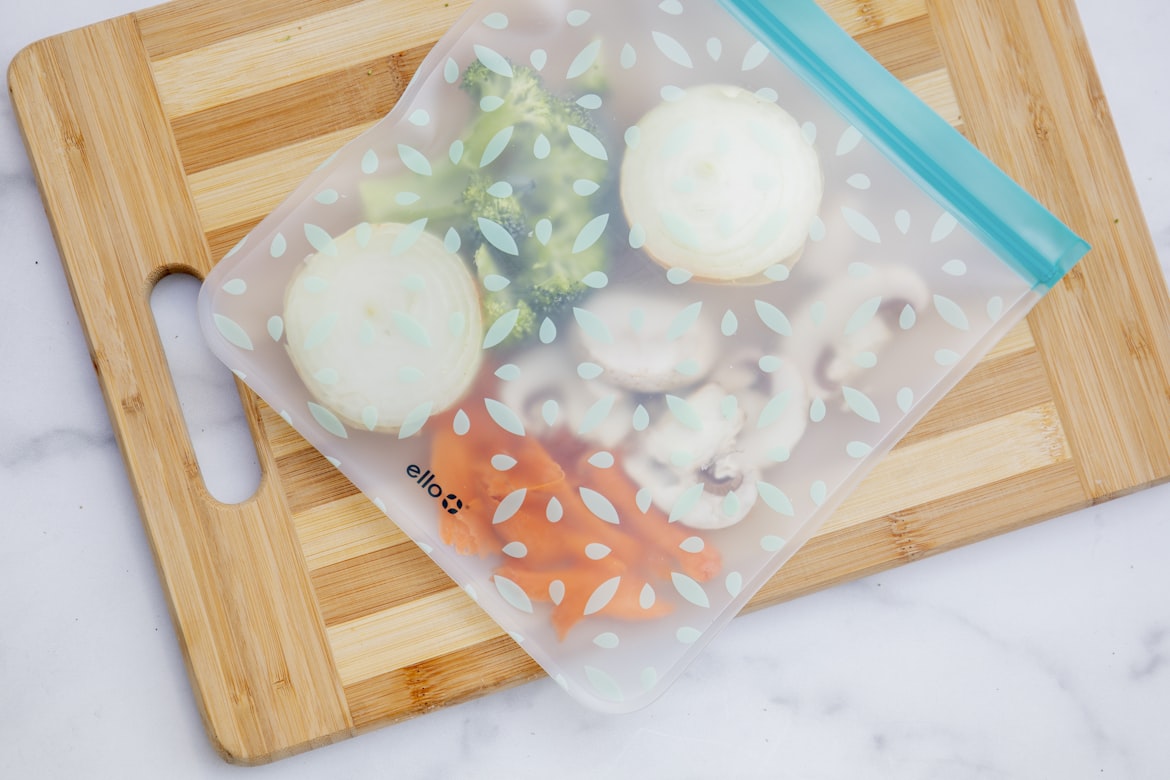
konkluzioni:
Choosing the right material for food packaging bags is a critical decision with implications for food safety, freski e produktit, dhe ndikimi mjedisor. By considering the intended use, food compatibility, pajtueshmëri rregullatore, dhe objektivat e qëndrueshmërisë, businesses can make informed choices and contribute to a more sustainable and responsible food packaging industry. Embracing innovative materials and adopting a circular economy approach will pave the way for a future where food packaging is both functional and environmentally conscious.
kontaktoni ekspertët tanë të paketimit të ushqimit

